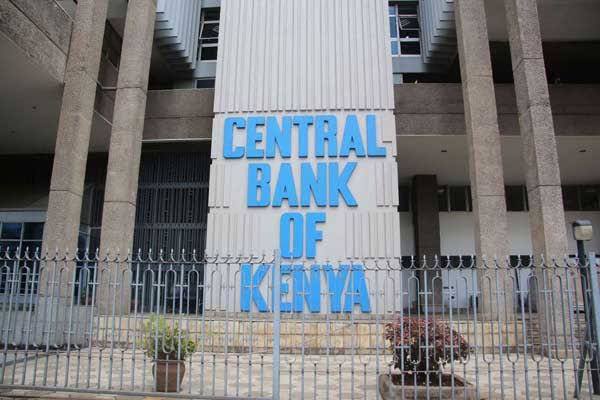Borrowers have seen only a slight relief in the cost of credit, with commercial banks reducing their average loan interest rates by just one percentage point over the past year, despite a major drop in the Central Bank Rate (CBR).
A review of industry-wide data by the Central Bank of Kenya (CBK) shows that the overall weighted average lending rate across 38 banks dropped to 15.78 percent in June 2025, down from 16.81 percent in July 2024.
This marginal decline comes in the wake of a cumulative 3.25 percentage point cut in the CBR since August last year.
While some banks have passed on the benefits of the CBR cuts, others have either maintained or raised their lending rates. Citibank N.A. Kenya posted the most significant drop in lending costs, slashing its rate from 17.98 percent to 10.6 percent within the same period.
Other lenders that cut rates by more than the 3.25 percentage point CBR reduction include Stanbic Bank Kenya Limited (4.99 percent), Standard Chartered Bank Kenya (4.65 percent), Absa Bank Kenya Plc (4.53 percent), Victoria Commercial Bank (4.1 percent), and Sidian Bank Kenya (3.46 percent).
However, ten commercial banks went against the trend and increased their loan pricing. Access Bank Kenya Plc registered the highest jump in its overall weighted lending rate at 8.6 percent. Premier Bank Kenya followed with a six percent rise, while Diamond Trust Bank (DTB) recorded a 2.76 percent increase.
Other institutions that raised their lending rates include Co-operative Bank of Kenya (1.15 percent), Commercial International Bank (CIB) Kenya (0.31 percent), DIB Bank Kenya (0.72 percent), and Consolidated Bank of Kenya (0.41 percent).
Kingdom Bank Limited raised its rates by 1.73 percent, Development Bank of Kenya by 0.23 percent, and UBA Kenya Bank Limited by 0.76 percent.
The overall minimal shift in lending rates points to borrowers still grappling with costly loans, even as other domestic rates fall.
Meanwhile, the CBK has bowed to pressure from banks and agreed to base the upcoming pricing regime on the interbank market rate instead of the policy rate. The shift is part of an ongoing overhaul of the credit pricing model aimed at enhancing transparency and improving monetary policy transmission.
Initially, the CBK had proposed using the CBR as the base for calculating lending rates, but banks pushed back, citing challenges in applying uniform pricing under the risk-based model.
“Following the repeal of the interest rate capping law in November 2019 and the subsequent transition of the industry to risk-based credit pricing, banking industry engagements with the CBK have centred on the need to strengthen the transmission of monetary policy signals and enhance the transparency in loan pricing,” the Kenya Bankers Association (KBA) said previously.
According to KBA, using the overnight interbank rate as the standard benchmark aligns lending rates among banks with the CBK’s operational target under its monetary policy framework.
Last month, the CBK revised its consultative paper on the risk-based pricing model to reflect input from the banking sector.
“CBK proposes the use of the interbank rate as the common reference rate for determining lending rates for all customers. Total lending will be the interbank rate plus premium, denoted as ‘K’,” CBK said.
“The use of the interbank rate as the common reference rate is recommended as it is market-based. Further, the interbank market closely aligns with the policy rate (CBR) under the current monetary policy implementation framework.”
The CBK is set to conclude its review of the credit pricing framework before implementing it across the banking industry. Under the new model, banks will be required to submit detailed, board-approved pricing policies, models, and procedures no later than 15 days after the end of a three-month transition period.
CBK will then review each lender’s pricing models after the rollout as part of ongoing surveillance.
“The new regime will have a uniform reference rate, which will be the interbank plus a competitive premium for each bank. We submitted our feedback as banks on Thursday last week,” said KBA chief executive officer Raimond Molenje.
